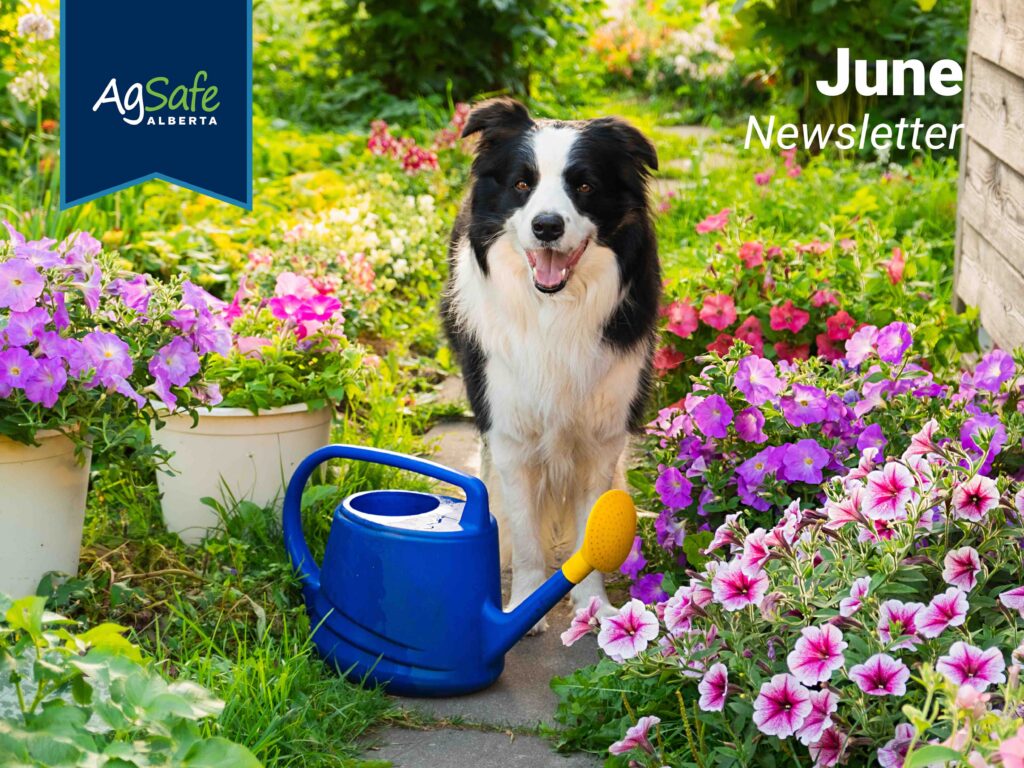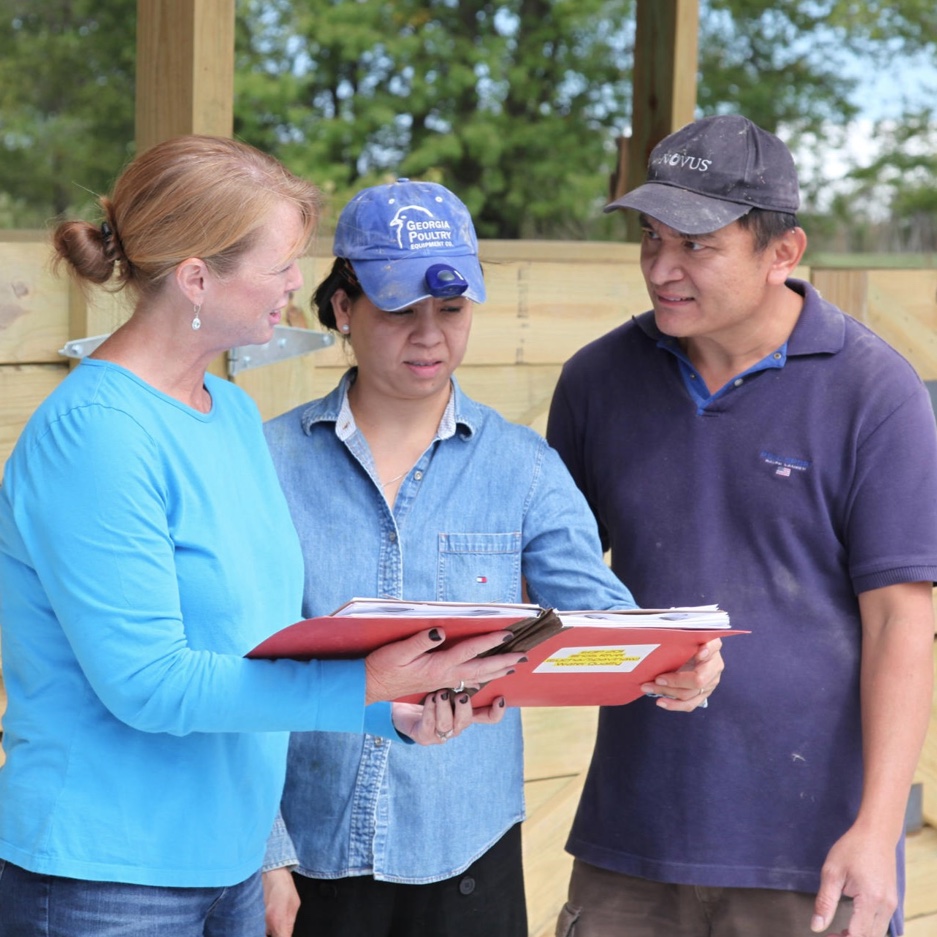
It Happened To One of Us
2021 Incident Summary
(Incident source: Alberta Government. 2022, February. Investigation Report: Worker fatally injured in farm tractor rollover July 17, 2021. Retrieved May 10, 2024, from https://open.alberta.ca/dataset/f1e32c71-6dbd-4383-b5e1-efdf2ddcc1c4/resource/cba26a2d-e9ff-4725-a707-fac83d85b630/download/jet-fatality-report-no-f-ohs-252837.pdf)
If you read last month’s newsletter, you might notice a theme… and you should. According to Canadian Agriculture Injury Reporting, for decades rollovers and runovers have been the leading cause of fatal injuries on farms. As you will read again this month, simple and practical measures can save lives.
A farm worker with less than a year of experience was operating a bidirectional tractor pulling a gooseneck trailer with a 2,500-gallon water tank containing an unknown amount of water. Others farm team members were nearby and noticed the tractor travelling down a steeply sloped driveway at high speed toward the farmyard. The tractor was reported to have hit a rut, after which the tractor rolled over and the worker was ejected from the cab. When the others nearby saw what had happened, they immediately provided first aid to the injured worker. Despite everyone’s best efforts, the worker was declared deceased at the scene by emergency medical services.
Once again, understanding and applying the hierarchy of controls is an important part of preventing incidents like this one. Remember, nothing is perfect, so the more safety measures we can take, the better off we are. Examples of things that can be done include:
- While it is not always possible to eliminate or substitute a hazard, serious thought should be given to that possibility before moving on to engineering controls.
- When you are hauling a fluid, you are hauling a “live load” with hazards relating to the movement of the water in the tank. Now consider additional hazards like steep hills and soft shoulders, that could contribute to the water movement. Think about things you can do, such as draining the water from the tank (which would eliminate the hazard of a hauling a live load) or ensuring the tank is completely full (which would not eliminate the hazard, but would significantly limit the movement of the water). You can read more about fluid hauling safety in the article below.
- Some properties have more than one road leading into them; while it may be a longer trip, would it be possible to use one of these alternate routes, thus removing the hazard of the steep hill?
- Engineering controls, such as fluid transport containers that have segmented tanks, baffles or bulkheads can prevent or reduce liquid fluctuation (or movement) during transport.
- Administrative controls, such as appropriate training and competency checks, will ensure the person is familiar with the hazards of hauling fluids.
- Finally, a seatbelt is a type of protective equipment worn by someone operating a vehicle or other type of equipment, such as a tractor. PPE (Personal Protective Equipment) is the least effective type of hazard control, and while it cannot guarantee someone’s safety, it can help keep a person in the cab in the event of a rollover or collision.
To learn more about hazard identification and control on farms, you can take AgSafe Alberta’s free, online FarmSafe Plan Learning Program or download a copy of the AgSafe Alberta FarmSafe Plan Manual from our website.

DO YOU HAVE HEALTH & SAFETY QUESTIONS?
If you have farm-specific health and safety questions or require support relating to health and safety on your farm, please contact AgSafe Alberta at info@agsafeab.ca. You may be eligible for onsite farm visits and up to 10 hours of advisor support at no cost!
Safety Hazards of Hauling Liquid Cargo
Liquid cargo is referred to as a “live load” because as the vehicle or equipment moves, the fluid does as well. The liquid can move side to side or back and forth, resulting in the load’s centre of gravity shifting and affecting the vehicle or equipment’s stability and handling.
Before sending someone off to haul a live load, you will want to ensure:
- They are trained and competent not just to operate the equipment, but to haul a live load as well. It is critical that the person understands how live loads can affect the equipment’s stability and handling as it moves.
- As with hauling anything, the person will need to know the loading capacity of the vehicle or equipment and ensure they do not exceed the weight indicated by the manufacturer.
WorkSafe BC has developed an excellent bulletin with images to help explain live loads and their many safety considerations, which you can read by clicking HERE.
Have You Met the Flat Farmers Yet?

Does Your Farm Need an Open Ear Policy?
Who doesn’t like listening to music, audiobooks or podcasts while we work, especially when the work can be boring? Modern headphones and earbuds produce great sound quality, in part by cancelling out much of the sound around us.
We rely heavily on our senses to keep us safe and removing one of these senses (such as hearing) can increase many risks by removing or softening sounds that need to be heard, such as moving equipment noises, verbal instructions and warnings, backup and other alarms, and so on. It is also important to remember that headphones and earbuds are not hearing protection, so if noise levels require it, you must obtain appropriate hearing protection in the form of ear-buds, earmuffs or a combination of both.
On a small family farm, a written policy would typically not be needed. A large agricultural operation with employees should have something written in place. In both cases, the farm’s decision on the matter must be clearly and regularly communicated, as well as be consistently enforced.
CONTACT US
For general inquiries: info@agasafeab.ca /403-219-
For our hotline for incidence assistance: 1-833-9AGSAFE


